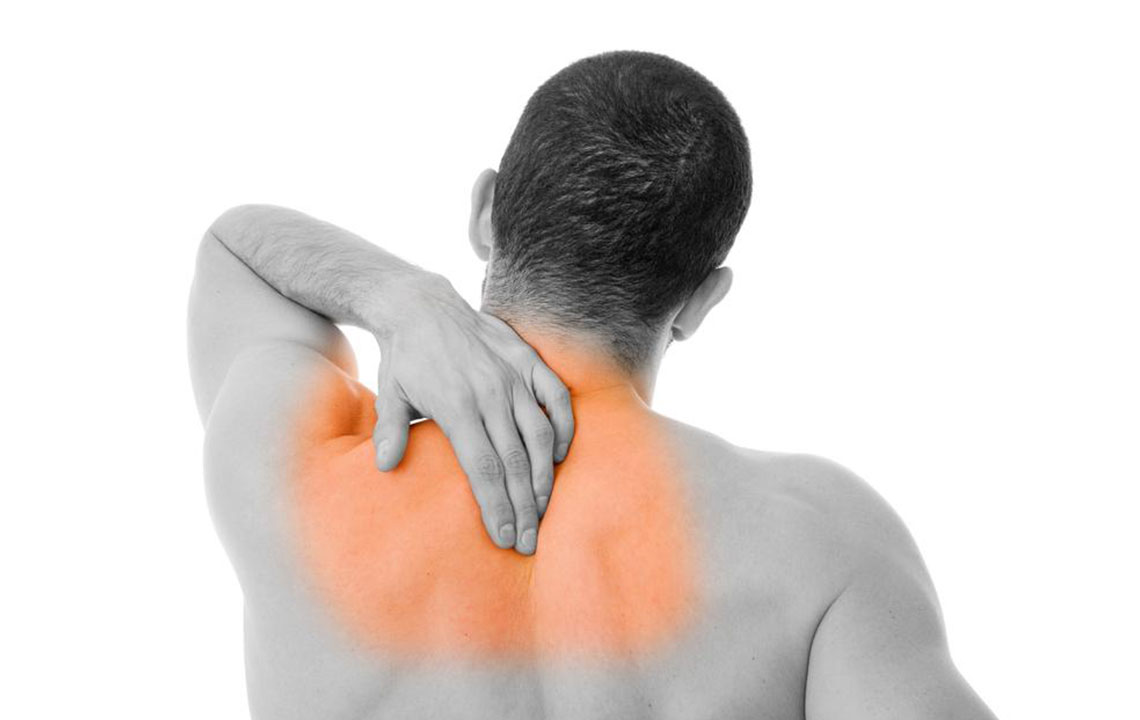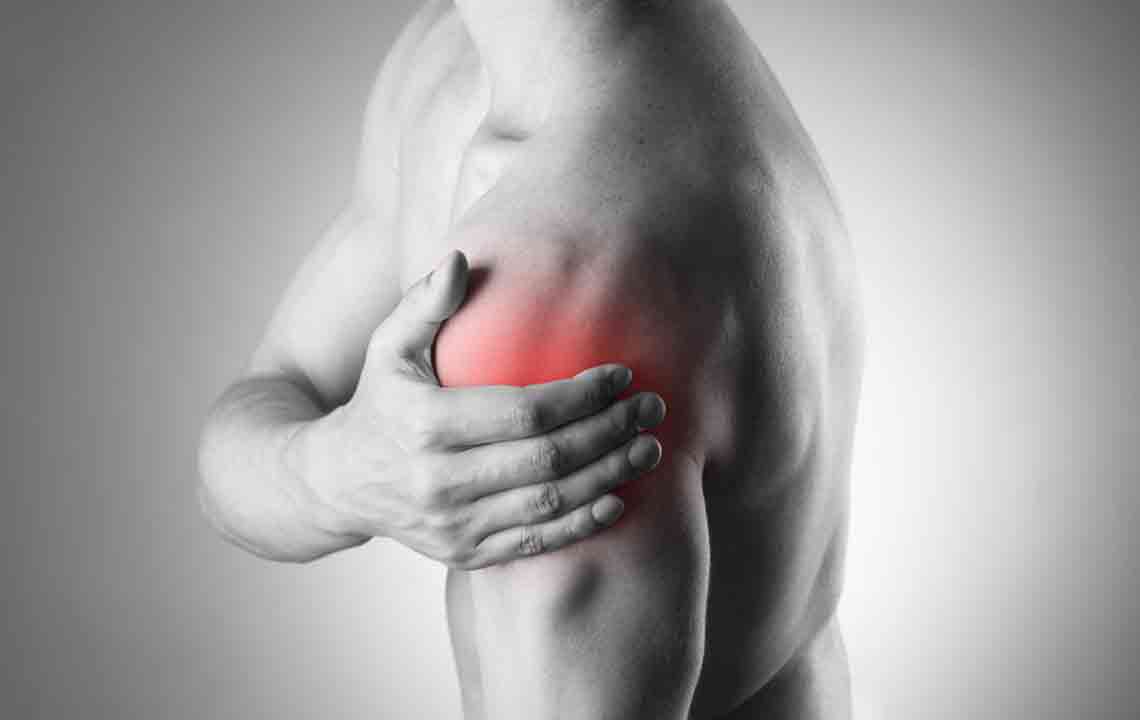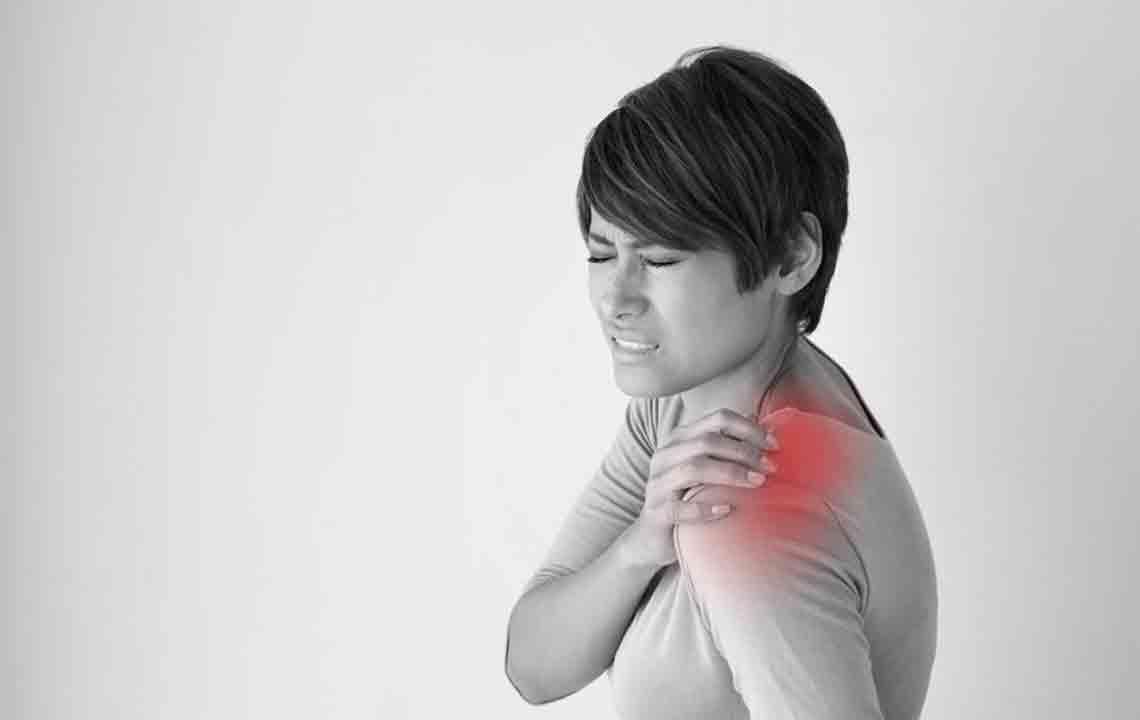The Ultimate Guide to Understanding and Managing Shoulder Pain: Causes, Symptoms, and Effective Remedies
This comprehensive guide offers in-depth insights into shoulder pain, covering its causes, symptoms, and effective remedies. Learn about shoulder anatomy, common injuries, and treatment options—from home care to surgical interventions—to successfully manage pain and improve shoulder health. Whether experiencing minor discomfort or persistent issues, this article provides valuable information to help you regain mobility and prevent future problems.

The shoulder joint is among the most intricate and mobile joints in the human body. Comprising bones, muscles, tendons, and ligaments working in harmony, it provides the flexibility needed for countless daily activities. Its design allows for an extensive range of motion—raising arms, rotating shoulders, and reaching overhead—making it essential for both routine tasks and athletic pursuits. However, this complexity also makes the shoulder susceptible to various injuries, wear-and-tear, and health conditions that can lead to pain or instability.
In this comprehensive guide, we explore the detailed anatomy of the shoulder, common causes of shoulder pain, symptoms to watch for, and an array of treatment options—from simple home remedies to advanced medical interventions. Our goal is to help you understand your shoulder better, recognize warning signs, and adopt effective strategies for relief and recovery.
Understanding the Shoulder Anatomy
The shoulder is a ball-and-socket joint, comprising three principal bones: the humerus (upper arm bone), the scapula (shoulder blade), and the clavicle (collarbone). The articulation between the humeral head and the shallow glenoid cavity of the scapula allows a wide scope of motion. Supporting this mobility are numerous muscles and tendons, chief among them being the rotator cuff—a group of four muscles and their tendons that stabilize the joint and facilitate arm movements.
Other critical structures include the bursae, synovial fluid, ligaments, and cartilage, all working together to cushion and support the joint. Proper functioning of these components is vital for pain-free movement. Injuries or degenerative conditions affecting any of these tissues can result in discomfort, limited mobility, or joint instability.
Common Causes of Shoulder Pain
Several factors can contribute to shoulder pain, ranging from acute injuries to chronic degenerative conditions. Awareness of these causes can help determine appropriate treatment strategies.
Muscle and Tendon Injuries
Rotator cuff tears, tendinitis, and muscle strains are among the most common causes of shoulder pain. These often result from repetitive motions, sudden jerks, or overuse during sports or manual labor. Tendinitis refers to inflammation of the tendons due to overuse or aging, causing pain and weakness.
Ligament Injuries and Instability
Dislocations or ligament tears can occur following trauma, leading to instability and chronic discomfort. Such injuries may cause the shoulder to feel loose or slipping out of place.
Fractures and Bone Injuries
Broken bones, especially the clavicle or humerus, typically happen after falls or direct blows and often require surgical intervention.
Arthritis and Degenerative Conditions
Osteoarthritis or rheumatoid arthritis can cause joint degeneration, resulting in stiffness, swelling, and persistent pain over time. The wear of cartilage diminishes joint cushioning, leading to bone-on-bone contact.
Less Common Causes
Other factors like nerve compression, tumors, or infections can also affect shoulder health, though they are less frequent.
Recognizing Symptoms of Shoulder Problems
Symptoms vary depending on the underlying condition but commonly include:
Pain during movement or at rest
Weakness or loss of strength
Limited range of motion
Swelling or tenderness
A grinding or popping sensation
Instability or feeling that the shoulder is loose
If you experience persistent pain, numbness, or signs of nerve involvement, seek medical attention promptly.
Effective Remedies and Treatment Options
Management of shoulder pain depends on its cause and severity. Initial treatment often includes simple strategies, while persistent or severe cases may require professional interventions.
Home Remedies and Self-care
Rest: Avoid activities that aggravate pain to prevent further injury.
Icing: Apply cold packs to reduce inflammation and numb discomfort. Wrap ice in a cloth before applying for 15–20 minutes several times a day.
Compression: Using a compression wrap can help minimize swelling.
Elevation: Keep the shoulder elevated to decrease fluid accumulation.
Gentle Exercises: Once pain subsides, perform gentle stretching or strengthening exercises like wall slides or pendulum swings to restore mobility.
Medical Treatments and Professional Care
Physiotherapy: Targeted physical therapy can strengthen shoulder muscles, improve flexibility, and prevent future injuries.
Medications: Nonsteroidal anti-inflammatory drugs (NSAIDs) can alleviate pain and inflammation.
Injections: Corticosteroid injections may be used for severe inflammation.
Surgical Options: Procedures such as arthroscopy, rotator cuff repair, or shoulder replacement may be necessary for severe injuries or degenerative conditions.
Prevention and Long-term Care
Preventive strategies include maintaining shoulder strength through regular exercise, practicing proper biomechanics during physical activities, and avoiding repetitive strain. Regular self-assessment and early treatment of minor pains can avert more serious issues.
By understanding the anatomy and common causes of shoulder pain, adopting appropriate treatment methods, and following preventive measures, you can significantly reduce discomfort and restore optimal shoulder function. Always consult healthcare professionals for personalized diagnosis and treatment plans to ensure a safe and effective recovery.





